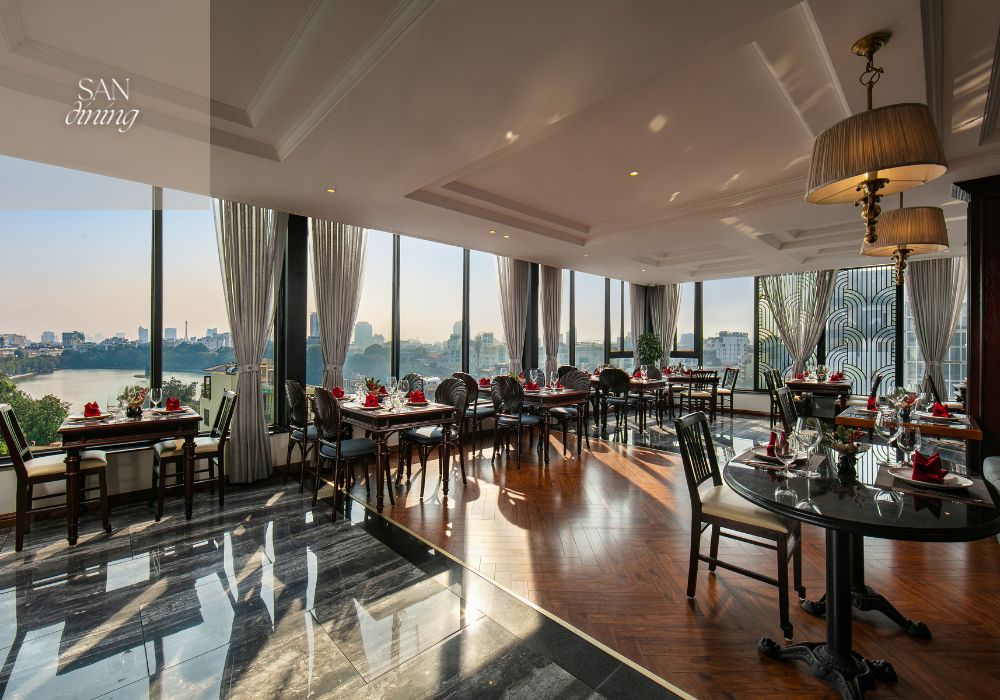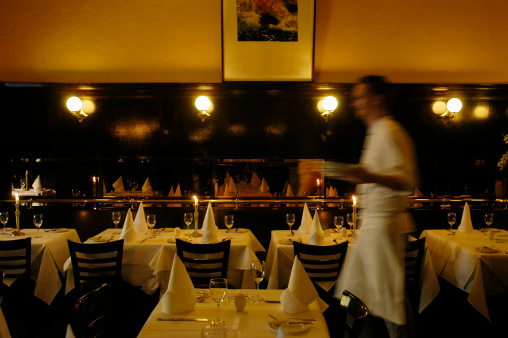Savor Authentic Asian Cuisine With a Pan-Asian Spin for a Culinary Experience
Getting started on a culinary trip via authentic Eastern cuisine, improved with a Pan-Asian twist, supplies an one-of-a-kind opportunity to explore the rich tapestry of tastes that specify the area's varied cooking customs. This experience welcomes you to relish the beautiful balance of tastes-- sweet, salty, spicy, and sour-- harmonized by aromatic natural herbs and seasonings. Visualize the innovative blend of Thai curry and ramen or the unexpected delight of sushi burritos. As you ponder these enticing dishes, consider the cultural stories and historic influences that shape them, each bite supplying a story waiting to be uncovered.

Exploring Pan-Asian Tastes
In the realm of worldwide gastronomy, Pan-Asian cuisine attracts attention for its exceptional diversity and the unified interaction of tastes from different Asian cultures. This cooking method commemorates the one-of-a-kind components and abundant practices discovered throughout the continent, creating a tapestry of preferences that is both satisfying and appealing. Key to Pan-Asian cuisine is its ability to balance different flavors-- wonderful, salted, spicy, and sour-- while highlighting the quality and high quality of each active ingredient.
From the umami-rich soy sauce of Japan to the fiery chili peppers of Thailand, Pan-Asian cuisine uses a substantial scheme of tastes. These elements are commonly incorporated in inventive methods, improving meals with layers of intricacy. For example, making use of aromatic natural herbs such as lemongrass and cilantro, typical in Vietnamese and Thai food, includes a revitalizing brightness to dishes, while the consolidation of coconut milk delivers a creamy, rich structure.
The focus on fresh produce and aromatic seasonings ensures that each dish is not just a feast for the palate yet additionally for the detects. Pan-Asian cuisine invites restaurants to start a culinary trip, checking out the substantial and differed landscapes of Eastern gastronomy with every bite.
Fusion Dishes to Try
While Pan-Asian food is celebrated for its traditional tastes, the modern cooking landscape is progressively welcoming combination recipes that blend these timeless aspects with impacts from other areas. This ingenious method not only honors the rich heritage of Oriental culinary arts yet additionally introduces novel preference experiences that appeal to modern palates.
An archetype of such a fusion meal is the Korean-Mexican taco, where marinated bulgogi beef is wrapped in a cozy tortilla, topped with kimchi and a hot gochujang-infused salsa. This mix weds the bold, full-flavored flavors of Korea with the lively, fresh elements of Mexican cuisine. In a similar way, sushi burritos have actually acquired appeal, amalgamating the delicate creativity of Japanese sushi with the passionate, hand-held convenience of a burrito, often including blend ingredients like tempura shrimp and avocado with a drizzle of wasabi mayo.
One more significant dish is Thai curry ramen, which infuses the velvety, fragrant spices of Thai curry right into the calming brew of typical Japanese ramen, creating a harmonious blend that entices the senses. These combination recipes extend beyond plain novelty; they stand for a cooking dialogue in between societies, urging exploration and development on the planet of Pan-Asian food.
Crucial Ingredients and Spices
To absolutely value Pan-Asian cuisine, one need to recognize the important active ingredients and spices that form its foundation. This diverse culinary design attracts from an abundant tapestry of Oriental traditions, employing an unified mix of textures and tastes.
Fragrant aspects are critical, with lemongrass, garlic, and ginger being ubiquitous across different Pan-Asian dishes. These components offer a fragrant base that boosts the complexity of tastes. Spices such as celebrity anise, cardamom, and cinnamon introduce heat and character, resembling influences from areas like China and India.

Food Preparation Methods and Tips
Mastering the art of Pan-Asian food requires experience with its distinctive food preparation strategies, each contributing to the lively tapestry of tastes this cooking tradition is celebrated for. Central to these approaches is the stir-fry, a rapid cooking technique that maintains the nutritional stability and vivid colors of components. Using a frying pan, the stir-fry approach permits for also warmth circulation, essential for achieving the characteristic texture and flavor equilibrium of Pan-Asian recipes.
Another basic strategy is steaming, specifically widespread in Chinese food. This mild approach preserves the natural flavors and nutrients of ingredients, making it optimal for seafood and vegetables. Dumplings, a beloved staple, typically take advantage of steaming, resulting in soft, succulent appearances.
Cooking, likewise essential, passes on smoky midsts to teppanyaki near me recipes such as Oriental bulgogi or Japanese yakitori (asian restaurant isb). This technique frequently involves seasoning components, allowing tastes to permeate deeply before food preparation over an open flame or warmer
Last but not least, grasping the art of balancing tastes-- sweet, sour, salty, bitter, and umami-- is crucial. Effectively layering these aspects can elevate a dish from ordinary to phenomenal, using a complex and pleasing culinary experience that embodies the significance of Pan-Asian cuisine.
Dining Experiences Worldwide
Around the world, Pan-Asian cuisine supplies an unrivaled dining experience, commemorated for its rich tapestry of tastes and vivid discussions. This culinary sensation my latest blog post has gone beyond social boundaries, recording the hearts and palates of food lovers worldwide. In cosmopolitan cities like New York, London, and Sydney, Pan-Asian restaurants act as melting pots where cooking traditions from Thailand, Japan, China, and past converge, offering restaurants with a diverse mix of recipes that highlight the region's variety.
The global appeal of Pan-Asian cuisine hinges on its capability to supply both authenticity and advancement. Cooks masterfully wed standard active ingredients such as lemongrass, soy sauce, and miso with contemporary techniques, leading to meals that are both acquainted and refreshingly brand-new. This blend allows diners to embark on a culinary trip that values heritage while welcoming modernity.
Moreover, dining experiences are elevated with attentively designed environments that reflect the principles of Pan-Asian looks. From minimal Japanese-inspired interiors to lively Thai-themed spaces, each restaurant offers a distinct atmosphere that matches the culinary offerings. As a result, patrons are not merely consuming a meal yet partaking in a social experience, making Pan-Asian eating a genuinely worldwide phenomenon.
Verdict
The exploration of Pan-Asian cuisine supplies an extensive understanding of the complex interplay of tastes and cooking customs across Asia. By welcoming blend dishes such as Thai curry ramen and sushi burritos, the cooking trip not just highlights the versatility of conventional ingredients yet likewise showcases innovative modern-day methods. This gastronomic adventure, improved by essential seasonings and cooking techniques, gives a special opportunity to value the cultural variety and culinary artistry that specify Pan-Asian food on a worldwide scale.
Getting started on a cooking journey via authentic Asian food, improved with a Pan-Asian spin, uses a distinct possibility to explore the abundant tapestry of tastes that define the area's varied culinary customs.In the world of worldwide gastronomy, Pan-Asian food stands out for its remarkable diversity and the unified interplay of flavors from numerous Asian cultures. Secret to Pan-Asian food is its ability to stabilize different flavors-- pleasant, salty, spicy, and sour-- while highlighting the freshness and high quality of each ingredient.

Comments on “Fine Dining Experience Islamabad: Delight In Lavish Cooking Pleasures”